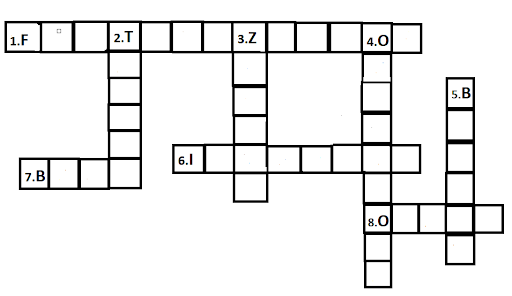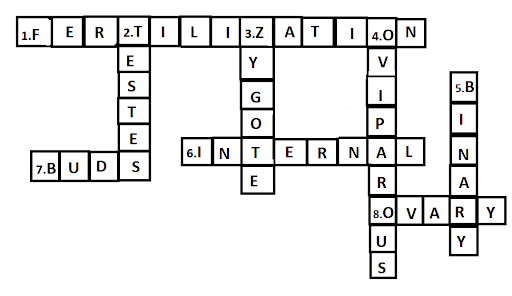Master Reproduction In Animals Class 8 NCERT Solutions With Vedantu's Expert Guidance
FAQs on NCERT Solutions For Class 8 Science Chapter 6 Reproduction In Animals
1. What is reproduction in animals and why is it important?
Reproduction in animals is the biological process by which animals produce offspring to continue their species. It ensures the survival and continuation of animal populations across generations.
Without reproduction, animal species would become extinct as individuals have limited lifespans.
Types: Animals reproduce through two main methods - sexual reproduction (involving two parents) and asexual reproduction (single parent). Sexual reproduction creates genetic diversity, while asexual reproduction produces identical offspring.
2. How do NCERT Solutions for Class 8 Science Chapter 6 help students understand reproduction concepts?
NCERT Solutions provide step-by-step explanations for all questions related to reproduction in animals, making complex biological processes easier to understand for students.
3. What are the main types of asexual reproduction found in animals?
Asexual reproduction in animals occurs through budding, binary fission, and fragmentation, where offspring develop from a single parent without gamete fusion.
4. Can students access reproduction in animals Class 8 questions and answers in PDF format?
Students can download Free PDF versions of NCERT solutions containing all exercise questions, in-text questions, and additional practice problems for offline study and revision.
5. What is fertilization and where does it occur in animals?
Fertilization is the fusion of male and female gametes (sperm and egg) to form a zygote, which develops into a new organism.
This process combines genetic material from both parents, creating genetic variation in offspring.
6. How does budding work as a form of reproduction?
In budding, a small outgrowth develops on the parent's body, grows into a complete organism, and eventually detaches to live independently like in Hydra.
7. What development stages do animals go through after fertilization?
After fertilization, animals undergo embryonic development through distinct stages - zygote formation, cell division, tissue differentiation, and organ development.
These stages transform a single cell into a complete organism with all necessary body systems.
8. Why do some animals lay eggs while others give birth to live young?
Animals adapt different reproductive strategies - oviparous animals lay eggs for protection and independent development, while viviparous animals give live birth for better offspring survival.
9. What reproductive advantages does sexual reproduction offer over asexual reproduction?
Sexual reproduction creates genetic diversity by combining DNA from two parents, leading to offspring with varied characteristics and better survival chances.
Genetic variation helps species adapt to environmental changes and resist diseases more effectively.
10. How does Vedantu's Class 8 Science Chapter 6 NCERT Solutions support exam preparation?
The solutions include detailed explanations for all exercise questions, common student mistakes to avoid, and practice questions that align with exam patterns for thorough preparation.





















